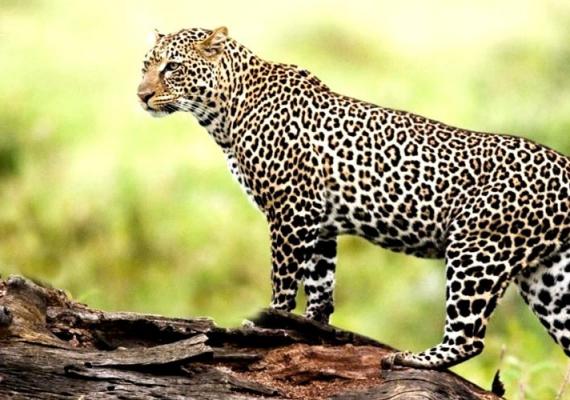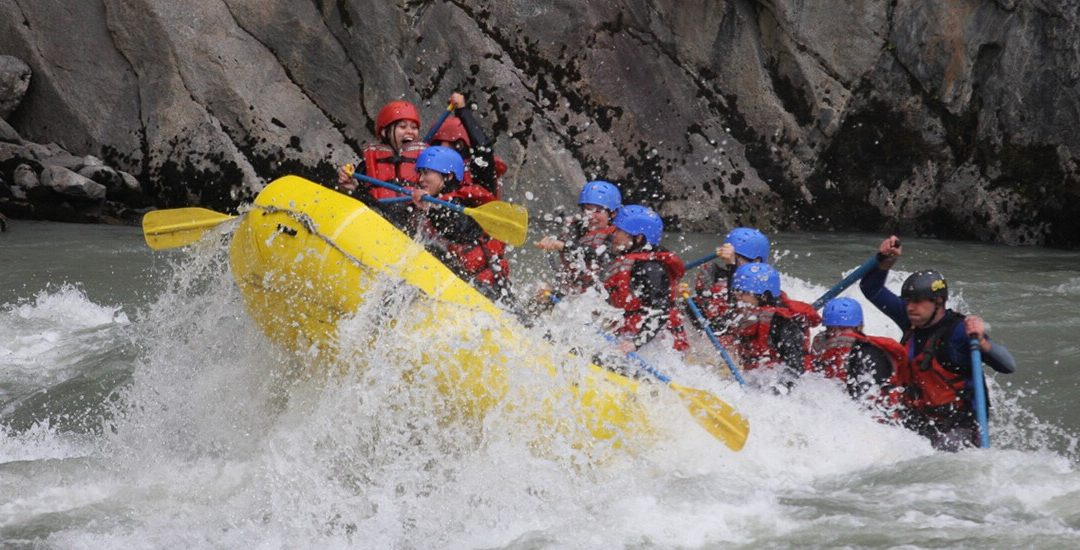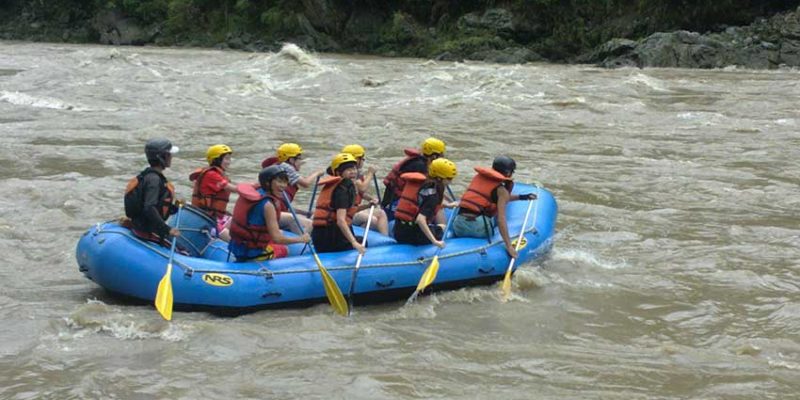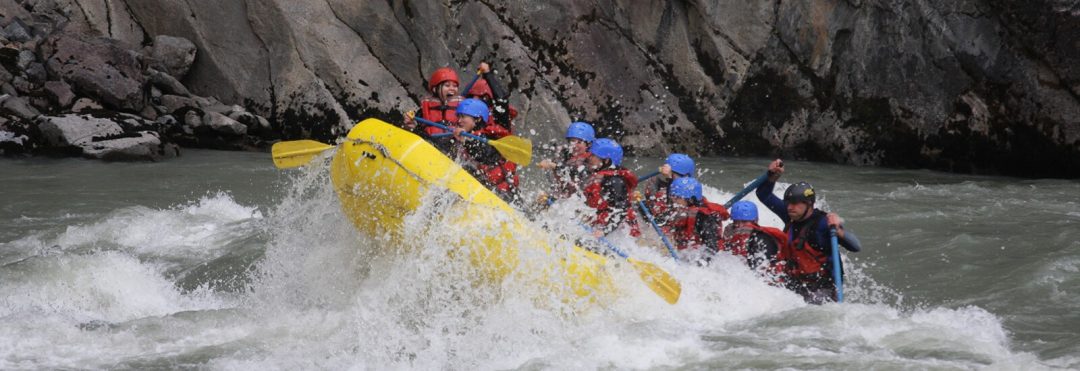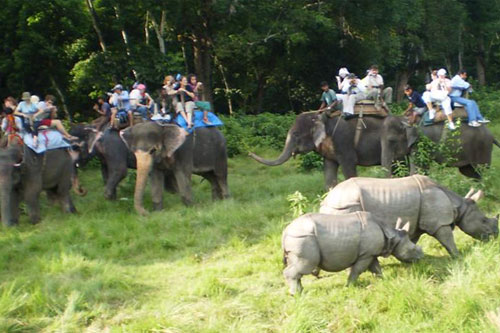Nepal’s Untouched Wilderness
Nestled in the far southwestern corner of Nepal, Shuklaphanta National Park spans 305 sq. km, offering a more intimate alternative to the larger Bardia National Park. Despite its smaller size, Shuklaphanta is a hidden gem for nature lovers, birdwatchers, and wildlife enthusiasts. With its open grasslands, riverine floodplains, sal forests, and serene wetlands, the park presents a rich and diverse ecosystem that feels both wild and welcoming.
INFORMATION
Destination
Nepal
Region:
Kanchanpur
Difficulty:
Easy Tour
Trip No:
SR 108
Grade:
B
Age Group:
Suitable for all age group.
Included
Program –
Total days in Nepal 7 days (4 days Trek)
.
Why Choose the Shuklaphanta National Park?
- Off-the-beaten-path experience with fewer crowds
- Rich wildlife, ideal for photographers and nature lovers
- Paradise for birdwatchers with over 300 bird species
- Peaceful, unspoiled environment far from commercial tourism hubs
- Unique blend of wetlands, forests, and grassland habitats in one compact area
A Journey Through Culture and Nature
Shuklaphanta is more than just a park—it’s a journey into the raw, untouched side of Nepal’s Terai region. The Bahini river flows gracefully through the park, and a large scenic lake adds to its tranquil charm. The surrounding villages are home to Tharu communities, offering cultural interactions for those interested in local traditions, crafts, and cuisine.
.
Wildlife encounters
This biodiverse sanctuary is home to several rare and endangered species:
- Royal Bengal Tiger
- Leopard
- Swamp Deer (Barasingha) – seen in significant numbers
- Blue Bull (Nilgai), Hog Deer, Wild Boar, and Hispid Hare
- Otters in the riverbanks and lakes
.
Birdwatching paradise
For bird lovers, Shuklaphanta is a dream come true. With over 300 species of birds, including several rare and migratory species, it’s one of Nepal’s top birding destinations. Keep an eye out for:
- Bengal Florican
- Great Slaty Woodpecker
- Sarus Crane
- Lesser Adjutant
- White-rumped Vulture
- And many more
.
Reptiles & Amphibians
The park is also home to a variety of reptiles including:
- Gharial and Mugger Crocodiles
- Indian Python
- Cobras, Kraits, and Rat Snakes
- Monitor Lizards
.
Highlights of the tour
- Elephant-back safari – A unique way to spot wildlife
- Guided jungle walks – Discover the forest on foot with local naturalists
- Birdwatching tours – Especially rewarding in the early mornings
- Cultural visits – Interact with the local Tharu communities
.
Best time to visit
The best time to visit Shuklaphanta is February to March, when the weather is pleasant, wildlife sightings are more frequent, and bird activity is at its peak.
.
Gears checklist
- Lightweight, breathable clothes (neutral colors like beige, green, brown – avoid bright colors)
- Long-sleeved shirts & long pants (for protection against sun, insects, and branches)
- Hat or cap (for sun protection)
- Light jacket or fleece (mornings and evenings can be cool, especially in winter)
- Rain jacket or poncho (if visiting during monsoon: July–September)
- Comfortable walking shoes or trekking sandals
- Insect repellent (DEET-based, to protect from mosquitoes)
- Sunscreen
- Face mask and hand sanitizer
- Binoculars (for bird watching and spotting wildlife)
- Flashlight or headlamp (especially useful at night)
Discover Nepal’s quiet side—where wildlife roams free, birds fill the skies, and nature whispers its secrets.
Visit Shuklaphanta National Park for an authentic, serene, and unforgettable jungle experience.

